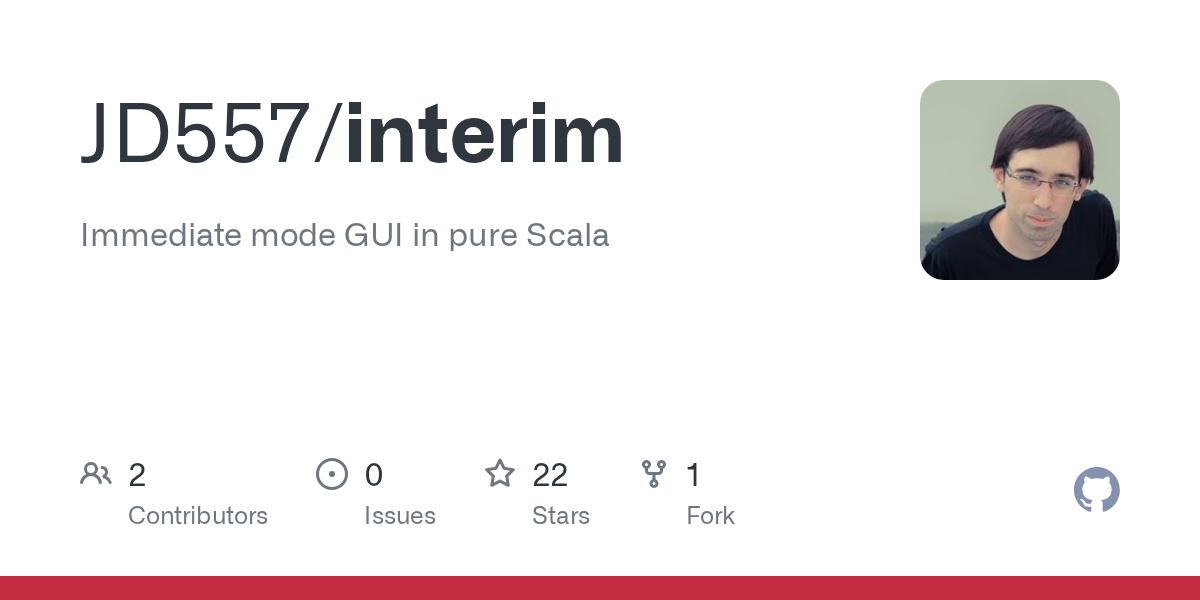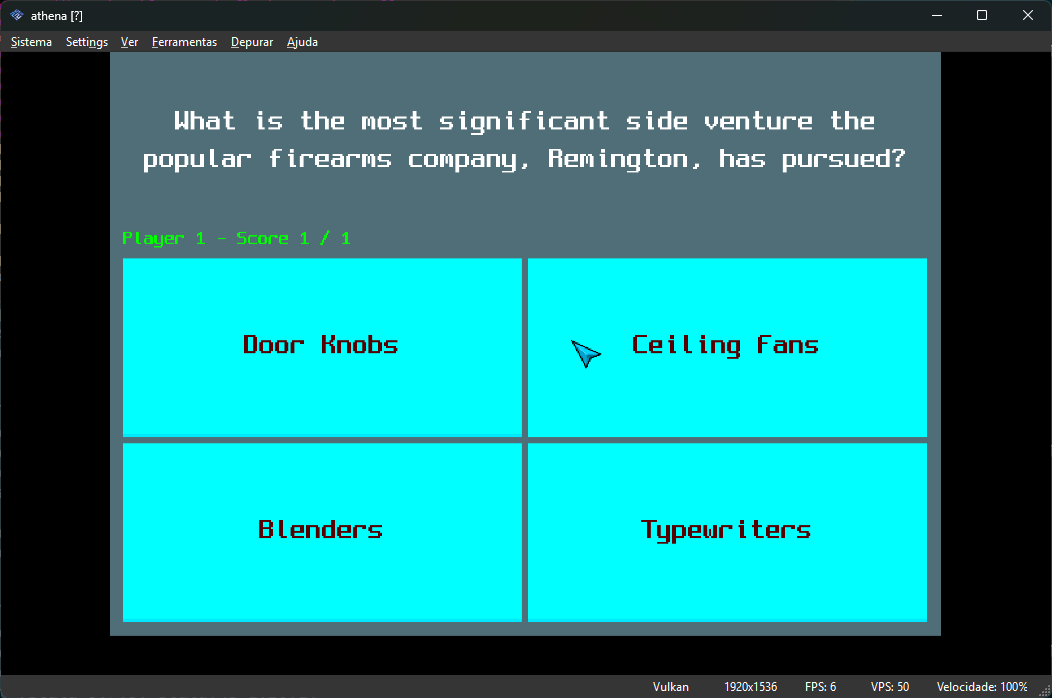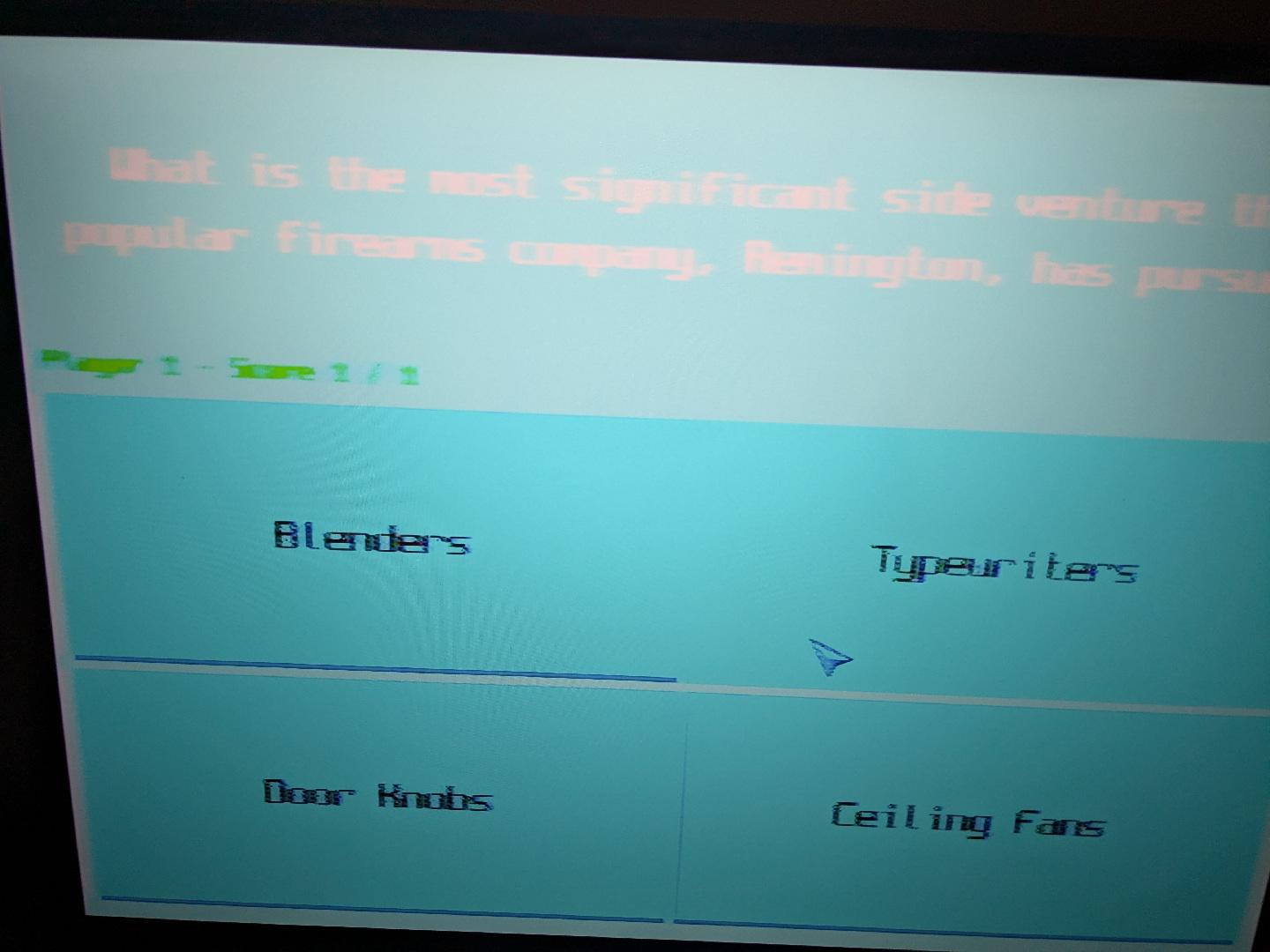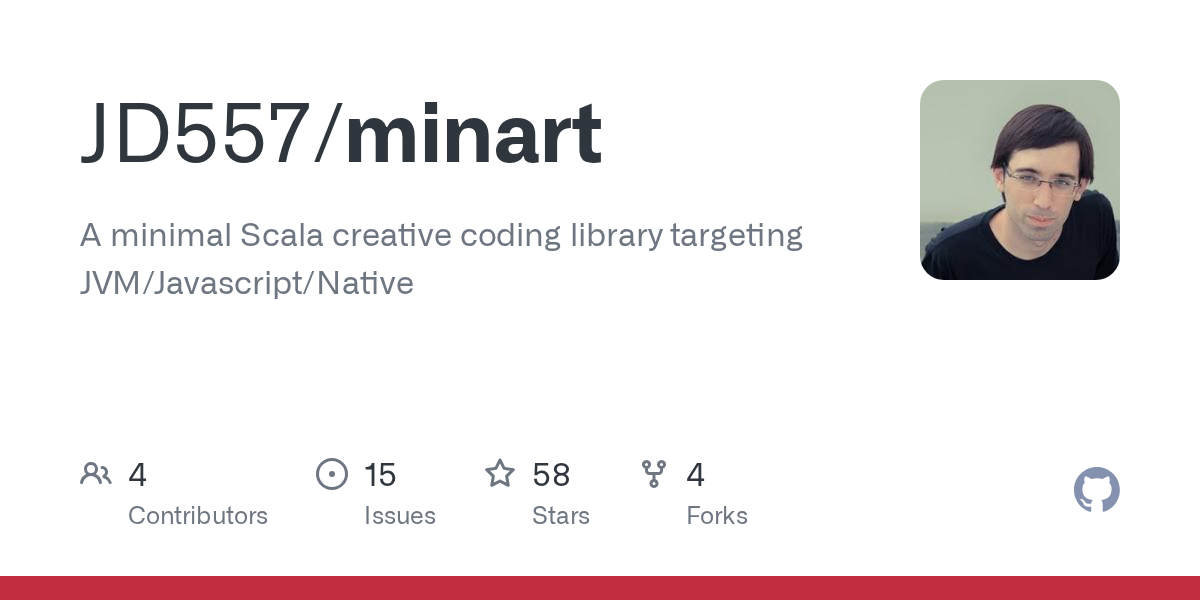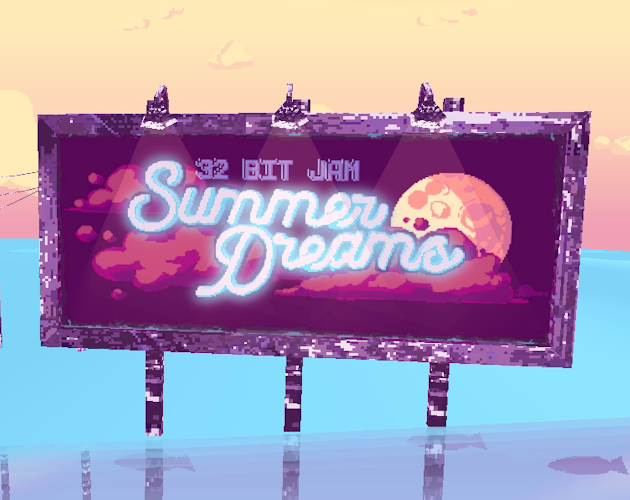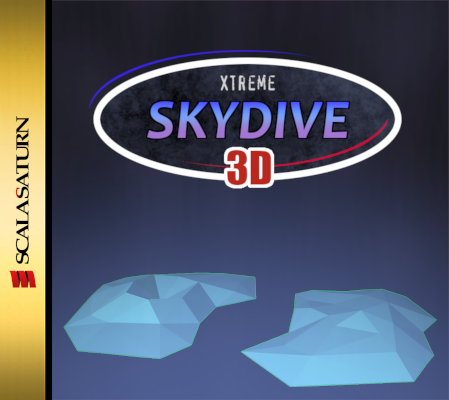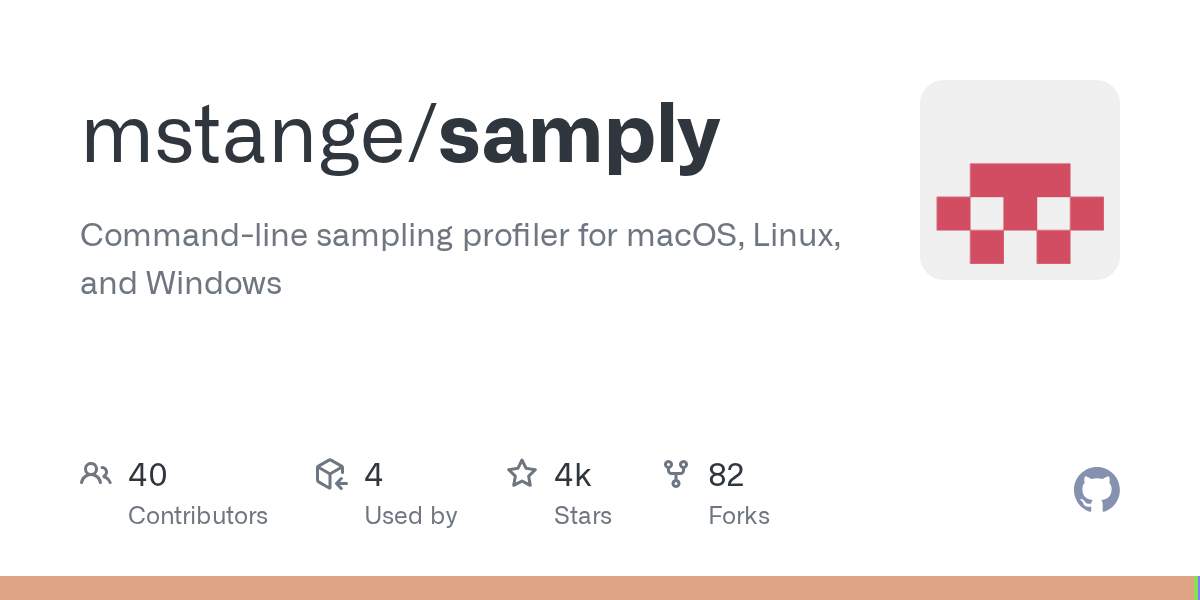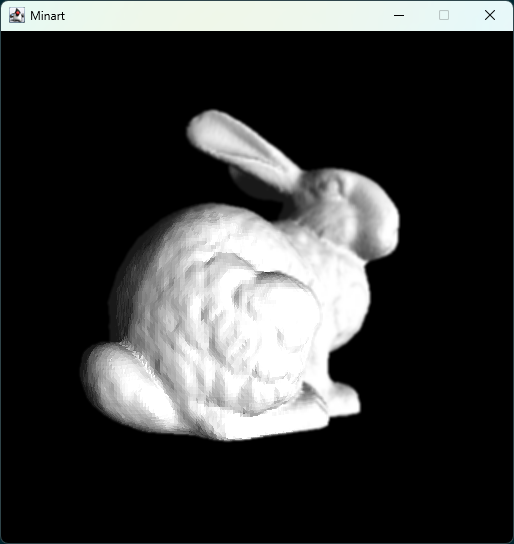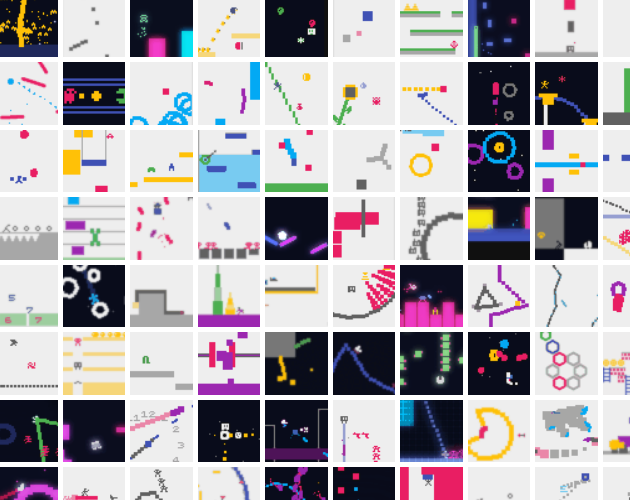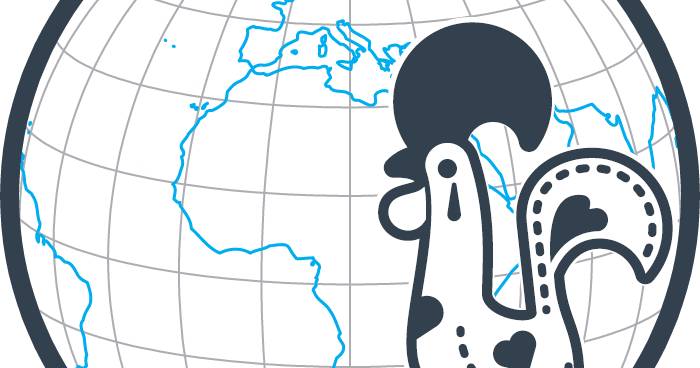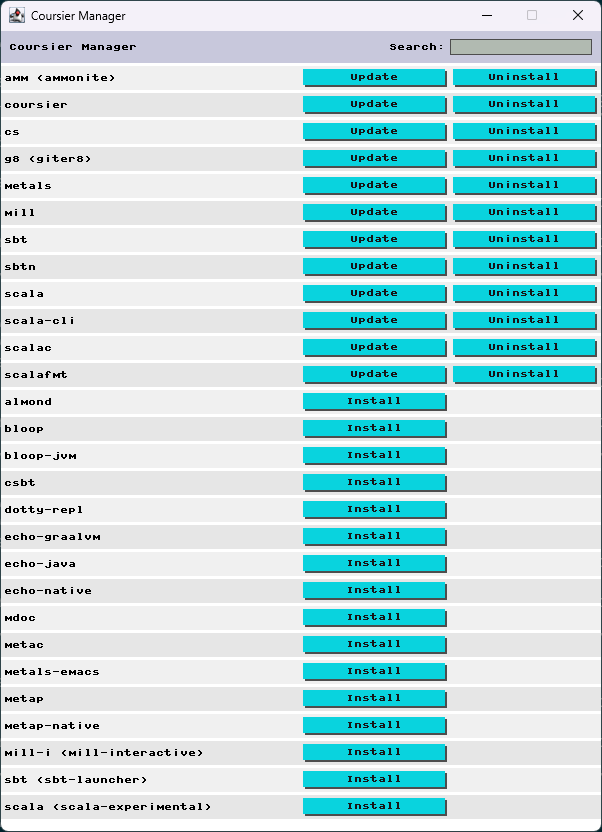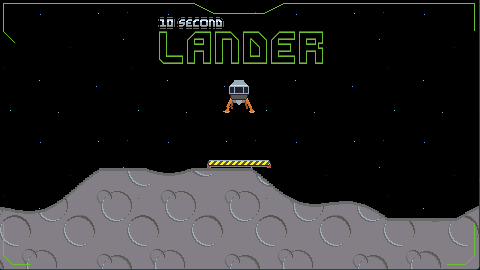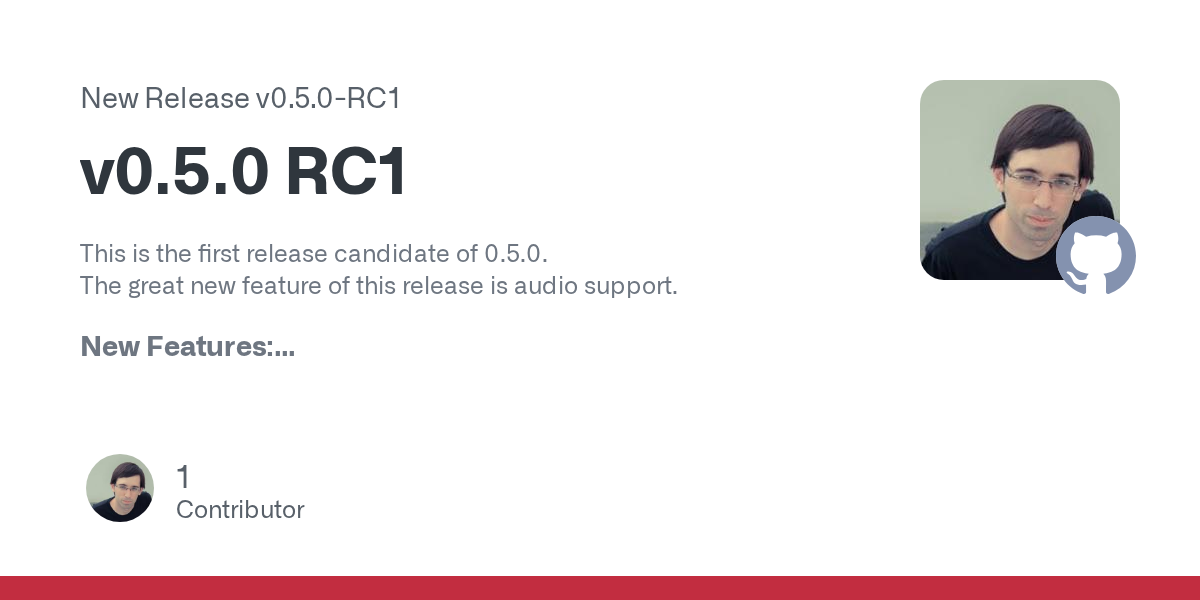This time I wrote an InterIm backend for AthenaEnv.
I also had to work a bit on InterIm's performance to get it to work, as I can't really use Doubles and my text layout algorithm was a bit inneficient. The frame rate still gets a bit choppy when there's a ton of text on screen, but it kind of works.
To test the whole thing, I ported my Quiz game example. This part was quite easy - just had to replace the HTTP calls with hard coded questions/answers and reimplement the RNG (I'm still not sure why scala.util.Random doesn't work... I suspect it's something related to Long math).
However, after testing this for so long on PCSX2, I was quite shocked on how bad things looked on real hardware.
I know I'm using a crappy €20 HDMI converter instead of a propper upscaler, but god damn, the text is pretty much unreadable.
Something to keep in mind in the future, I guess.
Lately I've been playing around with getting #Scala to run on my #PS2 (using Scala.js and AthenaEnv, no Scala Native... yet).
I finally got the Minart snake example to run on real hardware with minor modifications to the code (uncap the FPS and read the input from the gamepad).
It does run quite poorly, and it seems to crash if I get an apple, but it's a start, and good enough for a video.
I do have some ideas on how to improve the performance, but it will require a non-trivial amount of work, so I need to build up the courage first.
Just released an entry for the 32BitJam: Xtreme Skydive 3D!
You can play it in itch.io or check the source code on GitHub: https://github.com/JD557/xtreme-skydive-3d
There's a lot of stuff that could be improved but, while there's still a lot of time in the jam (until Friday), I will be pretty busy next week. Maybe I'll release a post-jam version with some improvements.
Either way, I'm happy that I finally "shipped a 3D game" with my software renderer.
Been playing around a bit with samply to fix some performance issues in Minart (especially polygon rasterization and convolutions).
Ended up making a bunch of things quite faster, so now my old 3D Stanford Bunny demo went from ~12 FPS to 20 FPS on my machine.
But, since I was able to also make convolutions faster, I can add two hackish depth of field passes while keeping the old performance numbers.
I've been working on a collection of small minigames (inspired by 1x111) with simplistic graphics (inspired by He is Coming)
It still needs a bit more polish, and I want to add some more games before releasing it, but it's cool how easy it is to write simple games with some very basic primitives such as AABB collision. The code for some of the games is surprisingly short.
I've been seeing a lot of discussions in Portugal regarding https://expresso.pt/sociedade/2024-01-11-Exodo-tem-um-impacto-brutal-30-dos-jovens-nascidos-em-Portugal-vivem-fora-do-pais-6b42d39c (article in PT - 30% of Portuguese aged between 15 and 39 are emigrants)
I was a bit curious about this, but apparently the study was not yet released and the closest thing I could find was https://diasporafordevelopment.eu/interactive-map/, which I'm not sure how up to date it is and doesn't seem to provide any tables.
So I just scrapped the data and generated a markdown table, in case someone is curious about this kind of stuff: https://gist.github.com/JD557/22ee5494ce99af696e1fda5747eef18e
That gist also provides the raw JSON data that I used and a #Scala CLI script to generate a CSV, in case you want to do some further analysis.
Playing around with some custom color schemes.
I know this is super cheesy, but I just had to do it (including some post processing effects).
Also, there's something particularly comfy about browsing #Gopher in full screen. Not sure if it's the lack of distracting images or how fast the pages load, but I kind of like it. There's definitely a lack of content, though.
I've been picking up IterIm again past two weeks (mostly writing some dummy UIs and fixing bugs).
Today I worked on a #UI for Coursier, the #Scala application/artifact manager.
It's nothing too advanced, but I'll give it some more polish and then see if it's worth releasing a demo.
Who knows, maybe someone will find it useful?
Took a quick break from InterIm development to work on Minart.
Finally got transparencies to work, and the performance doesn't seem that bad. I can get multiple moving particles on the screen with no problems.
To be honest, I picked this up now because I spent way too much time searching for bitmap fonts without transparency for my InterIm demos. That's a thing of the past now.
This weekend I was playing around with InterIm to try out some new features (asRefs macro) and some old ones that were not really tested (custom render ops), so I decided to build a drum machine!
The API could still use some improvements, but this is getting to an almost usable state.
Font: Spleen by Frederic Cambus (https://github.com/fcambus/spleen) Drum Samples: Free Pipe Pack by Goldbaby (https://www.goldbaby.co.nz/freestuff.html)
It's been a while since I entered a gamejam and I won't be able to make it to the next #LudumDare, so I decided to enter MiniJam 130 with another game in #Scala.
The themes are "Lunar" and "10 Seconds", so I went for the least original idea: A lunar lander clone with a 10 second time limit.
As usual, you can play it on itch.io and check the source code on GitHub.
There are quite a few performance issues (don't try it on Firefox) and I found quite some bugs in Minart during the development. However, it's going to take me a while to fix them, so that will have to wait for a post-jam version.
One of the reasons I like to enter jams once in a while is to find bugs/problems in Minart. On that regard, this was clearly a success.
After 6 months working on it, I finally released Minart 0.5.0-RC1, now with sound support.
This new version also drops #Scala 2.11 support, which was a pain to maintain.
I've been testing it with my previous #LudumDare entries and it seems to work pretty well. Once I've ported everything and am sure there are no obvious bugs I'll release the final version (and maybe write a blog post about it).
In the meantime, and unrelated to audio, this new version also comes with a bunch of performance improvements, so I can finally release Twotm8-native, an example GUI application in Scala Native. Check it out!
